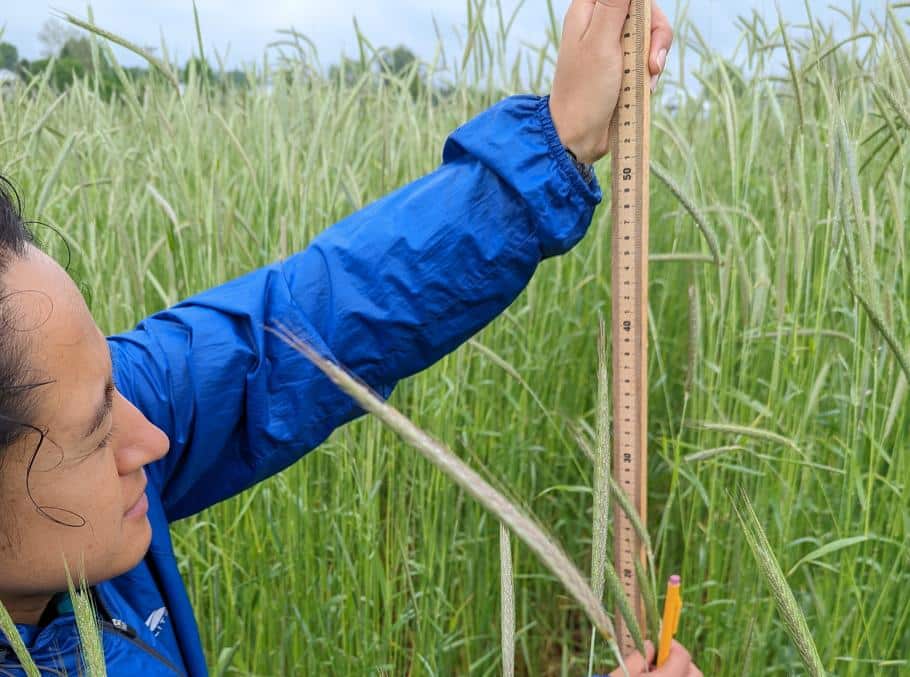
The Three Sisters — corn, beans, and squash — have been a mainstay in North American history. They are a combination of grass, legume and broadleaf — the cornerstone of plant synergies. People using that cropping system did not know why it worked, they just knew it worked. As agriculture became more industrialized, it led to monoculture cropping.
Now, science is catching up to cover crop leaders and is starting to understand how cover cropping is helping to improve our soils. Here’s a quick overview of people who have made a difference in the cover cropping world.
One of the first modern day innovators was Albert Howard. He was a botanist in England in the early 1900s and is regarded to be the father of modern organic principles. He became so frustrated with English producers using synthetic inputs and growing monocultures that he moved to India where he practised what he preached and proved that his system works.
Yvonne Lawley has been researching cover crop use since her PhD where she was working with tillage radish. Now with the University of Manitoba, she is studying different cover cropping systems over different areas of use, creating a great knowledge base for Canadian producers.
Kris Nichols of Olds, Alta., loves what she does and the fungi she studies. She’s a world leader in soil health knowledge and application. Part of her research shows how cover cropping helps build the soils and loves to discuss with producers how the system works and looks for options for producers to try to help build their soils.
Paul and Erin Kernaleguen from Birch Hills, Sask., run a dairy operation using regenerative principles and use a cover crop-based diet for the cows. It shows how true the words of Howard really are: “the health of the soil, plant, animal, and man is one and indivisible.”
Clayton Robins ranches near Rivers, Man., where his experience through the Nuffield Scholarship, Agriculture and Agri-Food Canada, and his own ranch has helped him do incredible things. By using different plant groups, he can match the requirements of his cattle while improving his soil quality while minimizing the environmental impact.
Jay Fuhrer from Bismarck, N.D., has been the face of education of soil health topics for years. He is one of the few people who can take complicated soil health information and effectively boil it down so his audience can fully understand it.
A list of cover crop innovators would not be complete without mentioning Gabe Brown from Bismarck, N.D. Most cover crop conferences have Brown speaking, spreading the word that the use of cover crops is not just theory, but can be done at scale.
Innovation in cover crops is the resurrection of old ideas. We now have the advantage of science and can direct our energies with more focus to achieve our goals. At the end of the day, we just must remember a quote from Fuhrer — “plants fix dirt.” One of my favourite sayings!











